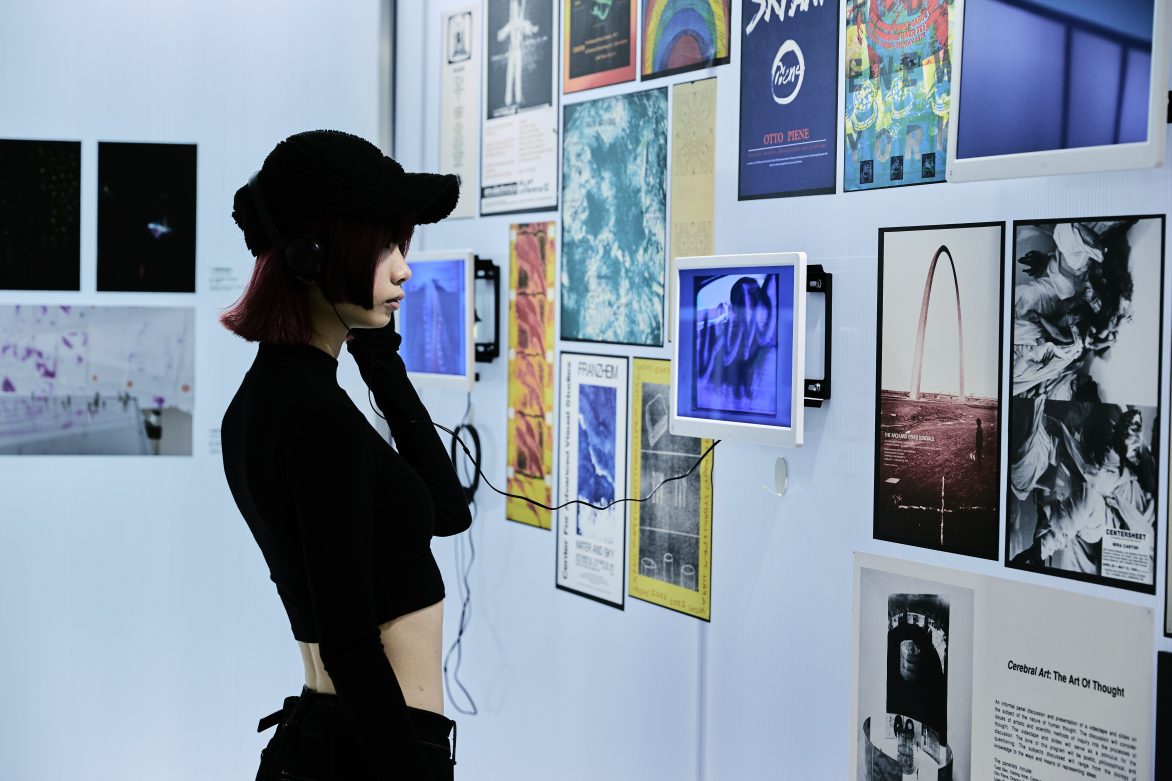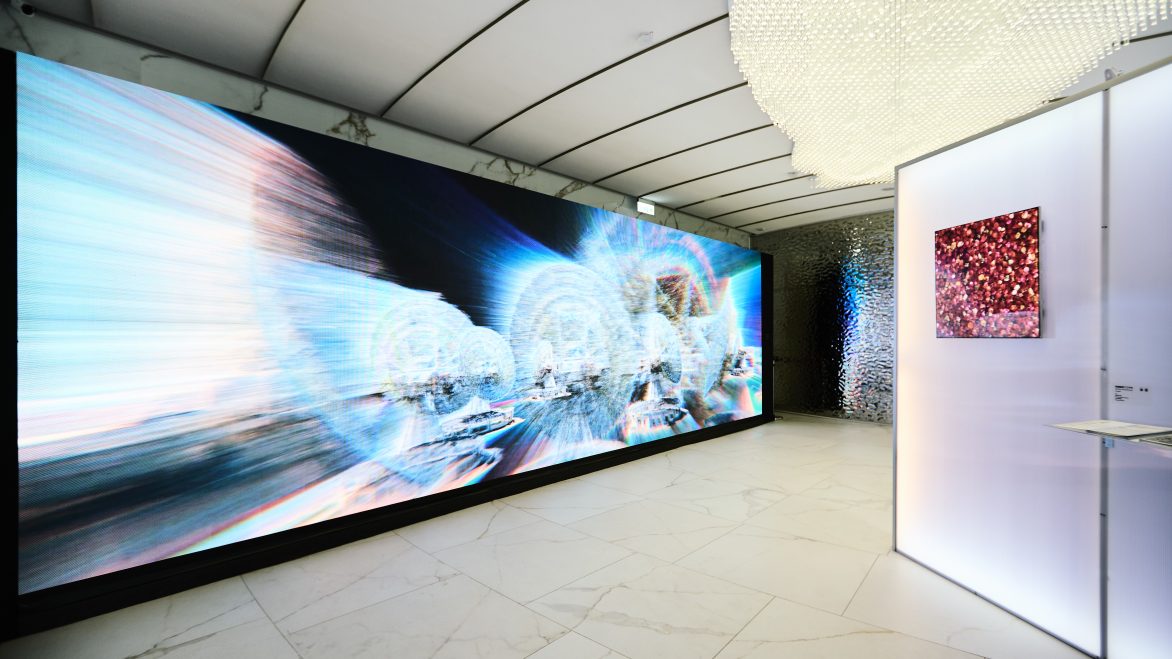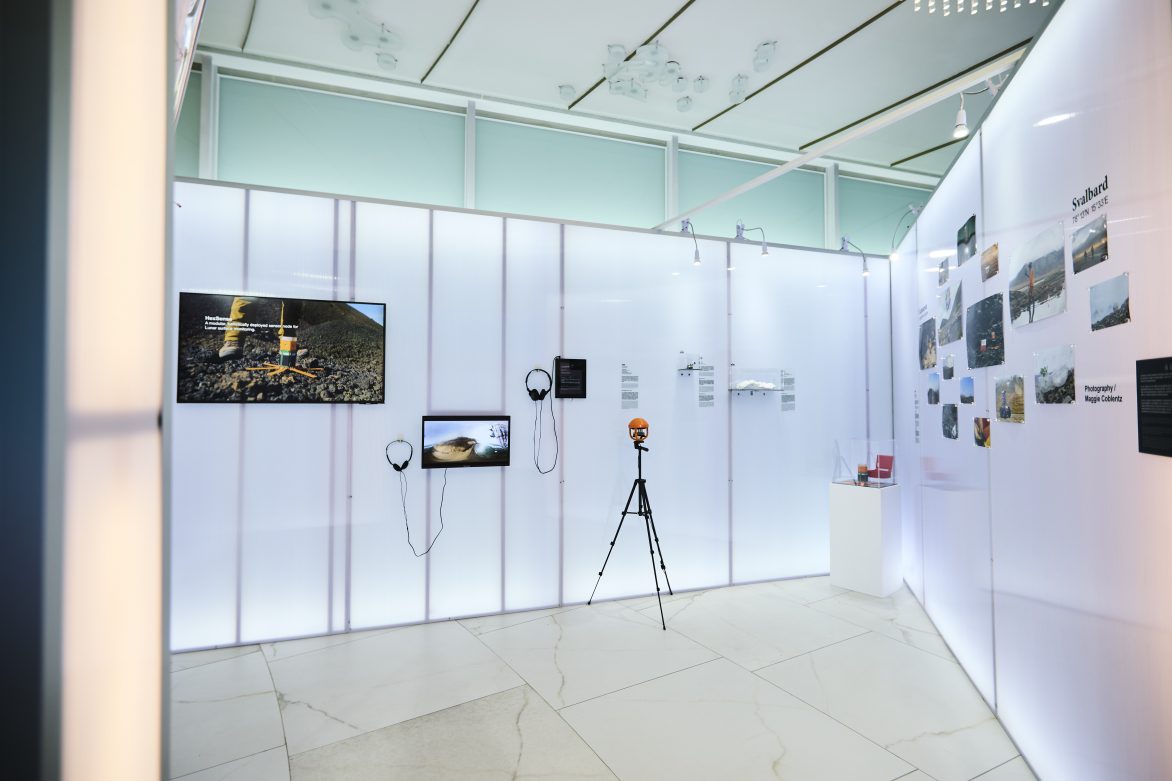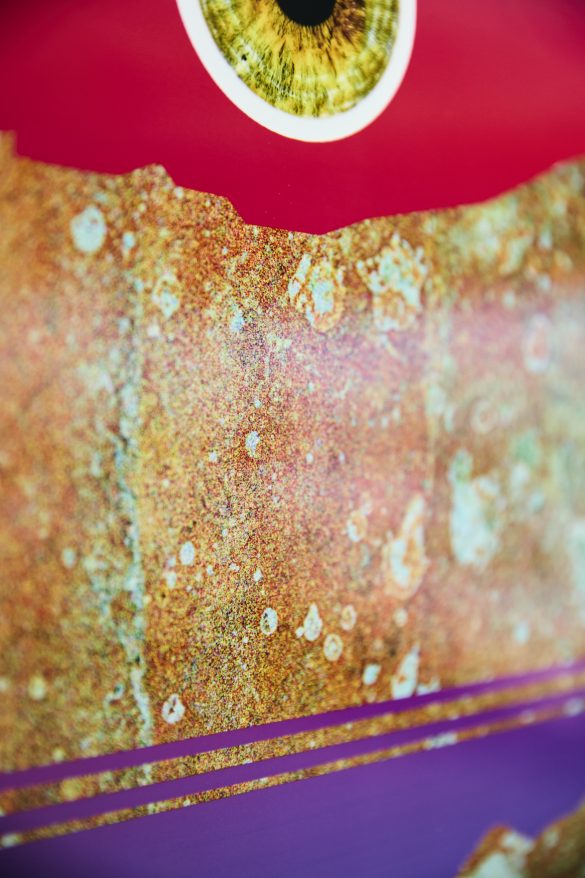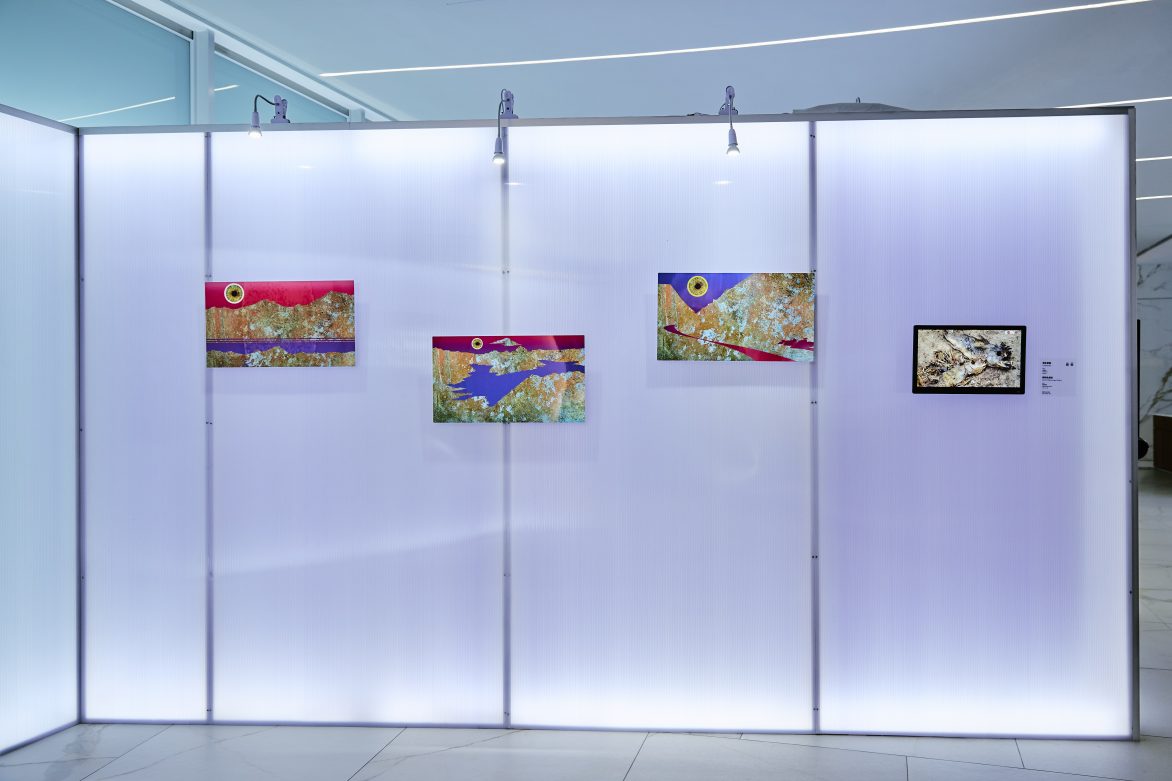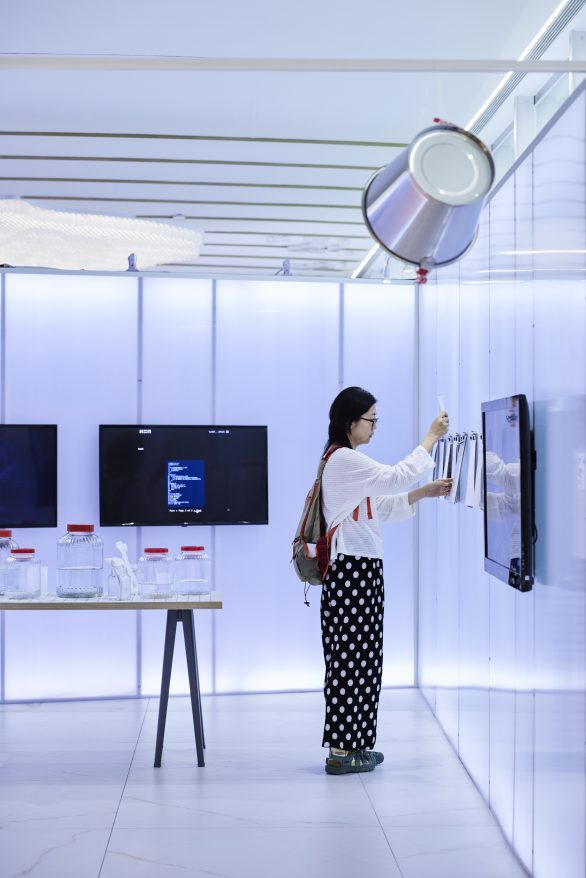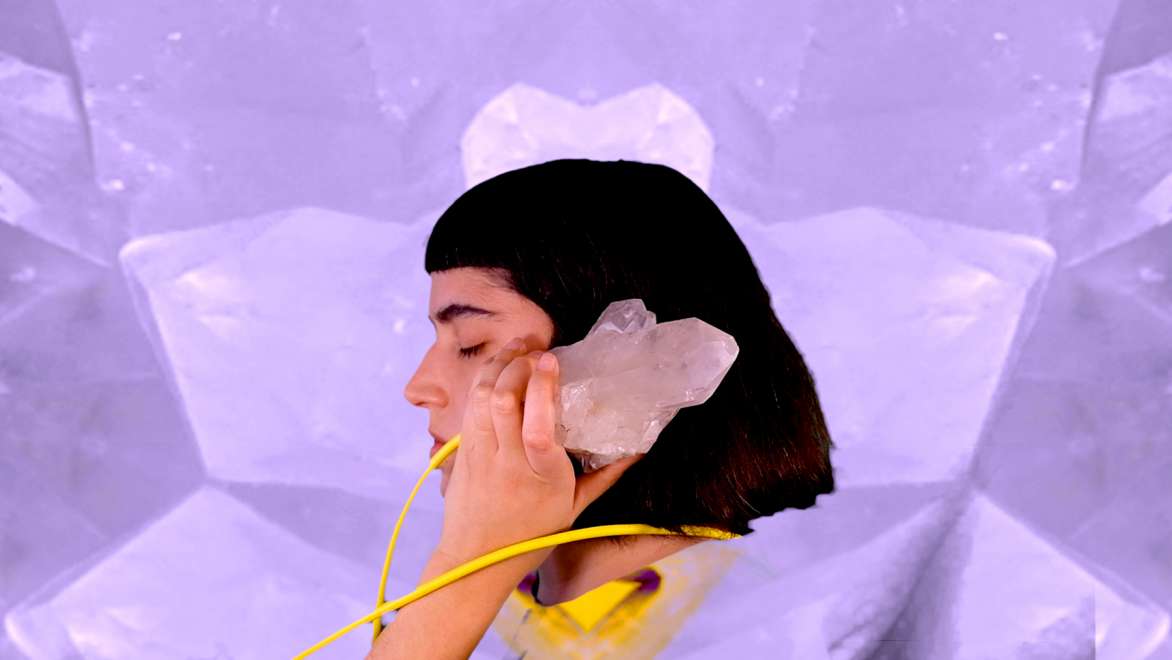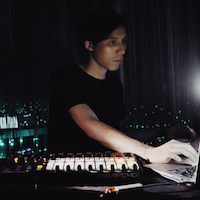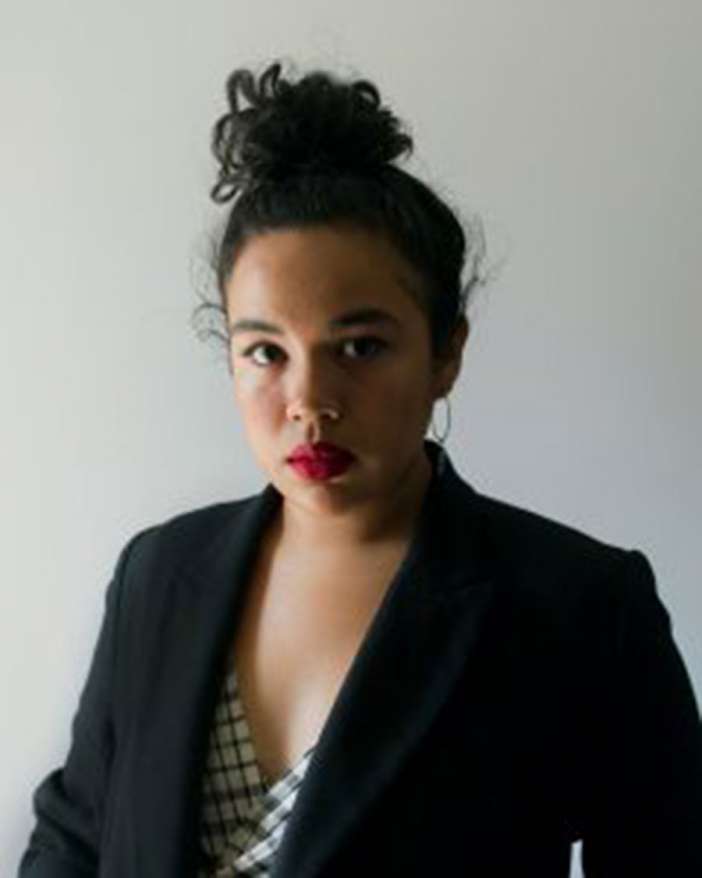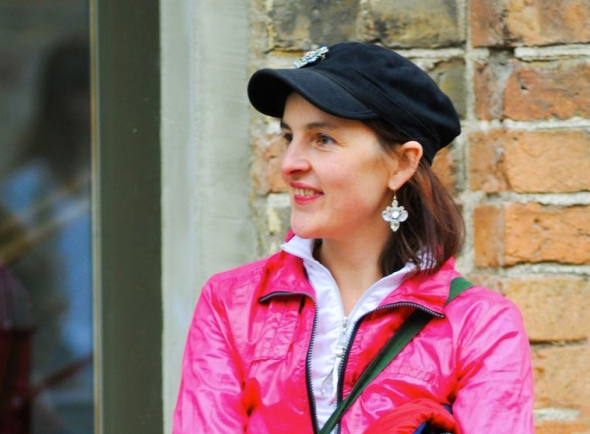“How to buy/own/mint one millilitre of the South China Sea (Nan Hai)?” — Forkonomy() is an art and activist project to explore the idea of sovereignty and ownership through such a speculative question. Despite the fact that Nan Hai is one of the world’s most heavily trafficked waterways for international trade, it is also one of the most disputable sea areas in the world over the territorial claims. From China, Taiwan, the Philippines, Vietnam, Malaysia …etc, multiple Asian governments assert sovereignty over its rocks, reefs, as well as other geographic features and undersea natural resources, made the oceanic object highly tangible and material, and yet significantly economical, military and political.
In Forkonomy(), Taiwan artist Tzu-Tung Lee and Hong Kong artist Winnie Soon set the project as a commoning ship, inviting people of the pacific to queer and care the matters of hierarchies, ownership, gendered labour division, as well as to fight against the constant autonomical threats regarding the land and the sea. This exhibition shows the videos of the artist pirating the Nan Hai water, the Forkonomy() workshop that have discussed the ownership and priced of the sea, as well as the documents of the workshop, including the physical contract, code of conduct, and the digital contract that has deployed on the blockchain.
Tzu-Tung Lee & Winnie Soon
Tzu-Tung Lee is a conceptual artist whose art combines academic research with political activism. Their work often incorporates participatory process, open source ethos, and decentralized technologies. Growing up amid Taiwan’s multifaceted generational identity struggle, they create art to ask the broad question: “How marginalized communities queer up the current hegemonies after the generational colonial trauma?” Tzu-Tung has graduated from the Massachusetts Institute of Technology (MS) Art, Culture and Technology Program and the School of the Art Institute of Chicago (MFA) Film, Video, Animation and New Media Program. Their art has been exhibited globally in renowned institutions, including the National Taiwan Museum of Fine Arts, MOCA Taipei (TW), MIT Museum (US), Lisbon University (PT), ArtScape(CA), Transemediale(DE), ADL(KR), Hyundai Studio(CN), etc. Beyond artistic achievements. Politically, Tzu-Tung has organized monthly conferences at Café Philo Chicago (2016-2018), participated in NGO Overseas Taiwanese for Democracy, and edited the bilingual political magazine NewBloom. They are also the leader and visual designer for a rally of 200 people Anti-Black Box Education (2016), 40 cities-wide rally Equality of Same-Sex Marriage (2016), and the organizer of the indigenous protest Passage of Time (2016). They are currently the founder of Tinyverse NPO, which facilitates transdisciplinary, collaborative art projects, and curator of Sensefield, an art and anthropology biennale.
Winnie Soon is a Hong Kong-born artist coder and researcher interested in the cultural implications of digital infrastructure that addresses wider power asymmetries, engaging with themes such as Free and Open Source Culture, Coding Otherwise, artistic/technical manuals, digital censorship and minor technology. With works appearing in museums, galleries, festivals, distributed networks, papers and alternative written forms, including co-authored books titled Boundary Images (2023), Fix My Code (2021), and Aesthetic Programming (2020). Winnie is the co-editor of the Software Studies Book Series (MIT Press), Co-PI of the research project Digital Activism and co-research lead, British Digital Art, British Art Network. Artistically, Winnie received the Golden Nica at Ars Electronica (Artificial Intelligence and Life Art Category), the Expanded Media Award for Network Culture at Stuttgarter Filmwinter — Festival for Expanded Media, WRO 2019 Media Art Biennale Award, and the 26th and 17th ifva awards (Special Mention and Silver award). Currently, they are Associate Professor of Art and Technology at UCL Slade School of Fine Art and visiting researcher at the Centre of the Study of the Networked Image (CSNI), London South Bank University.
